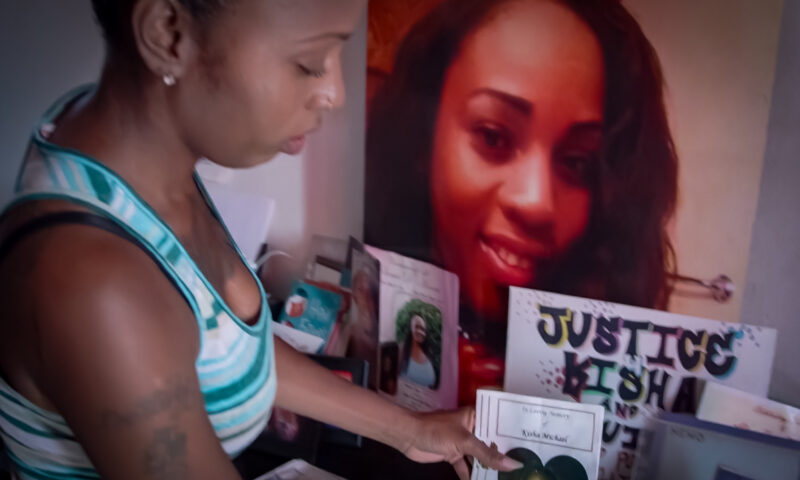

Recent reports on the use of force by California law enforcement officers reveal a rise in the number of deadly civilian encounters with police.
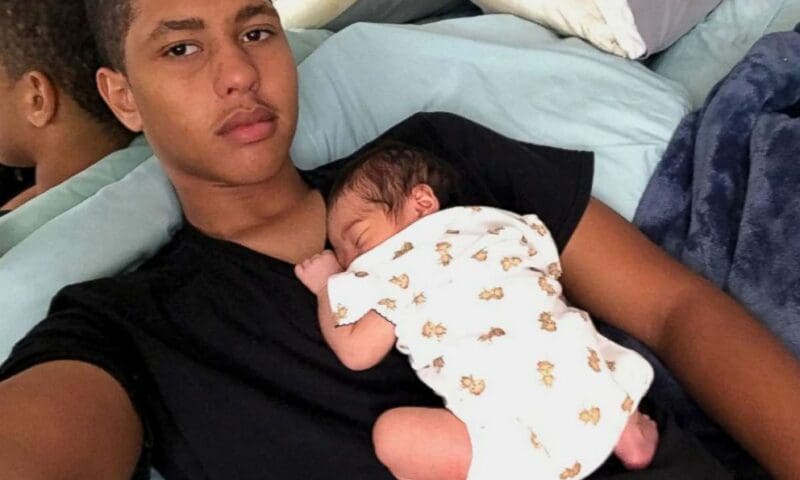

L.A. County deputies shot and killed Anthony Weber during a foot chase on Feb 4, 2018. They said they spotted a handgun tucked into his pants, but investigators never recovered a weapon.
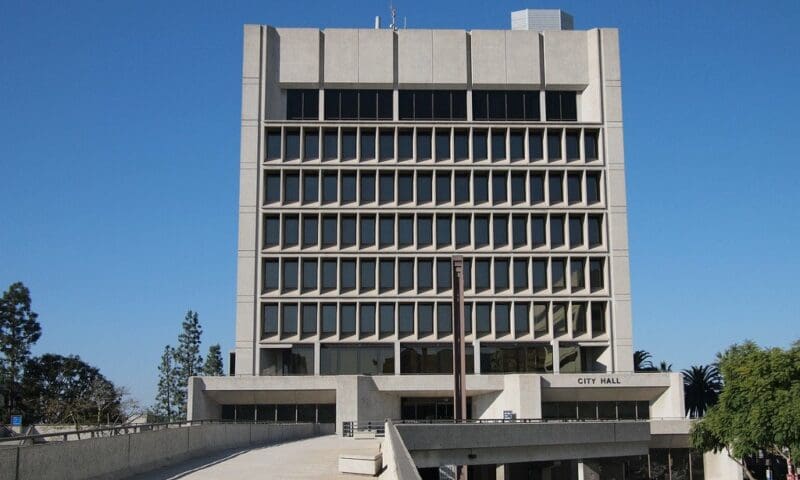

Eight months after Kisha Michael, 31, and Marquintan Sandlin, 32, were shot to death in their car, there are still no answers to why Inglewood police killed them outside a Manchester Boulevard 7-11 store sometime before 4 a.m., February 21.
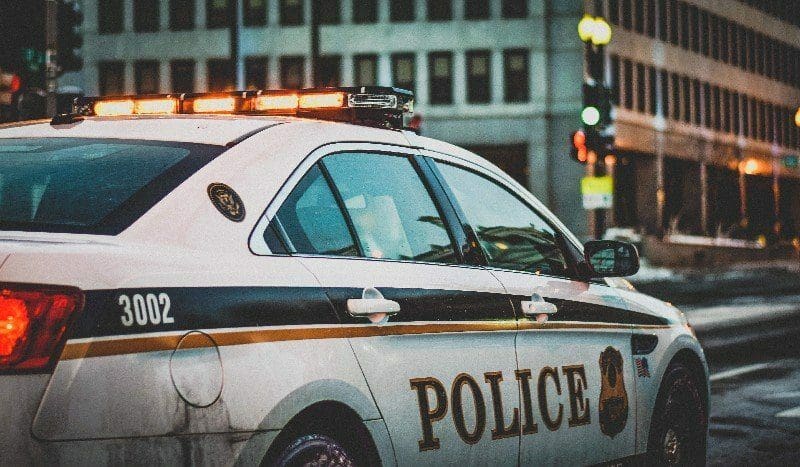

In early September, a year and a half after having been pepper-sprayed by a Santa Monica police officer, a man was awarded $1.1 million by a court, plus attorney fees, to be paid by the city. He was apparently singled out by police for being in a park after curfew, while other residents, who weren’t black, continued to charge their electric cars – as he recharged his car. The scars will stay with him and his family for life.


As long as I can remember, there’s been an argument over policing in the black community. Do police patrol more intensely because the crime rate is higher there, or do higher crime statistics result from heightened levels of policing?

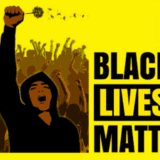
A sober New York Times headline last weekend described what many assume has been a dramatic change in fortune for Black Lives Matter, the de facto civil rights movement of the day. “Black Lives Matter Was Gaining Ground,” it read. “Then a Sniper Opened Fire.”

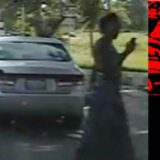
Texas law enforcement officials may or may not have murdered Sandra Bland in her jail cell earlier this month, three days after her arrest during a routine traffic stop. At a Monday press conference, Waller County District Attorney Elton Mathis – who is charged with investigating Ms. Bland’s death – implicitly blamed the victim: “Sandra Bland was very combative. It was not a model traffic stop. It was not a model person that was stopped.”
We’ve heard this before, especially in response to police killings of African Americans. Michael Brown, killed by Ferguson police, was “no angel.” Freddie Gray, killed in Baltimore, was “no saint.” Former altar boy Patrick Dorismond, killed by the NYPD, was “no altar boy.” Oscar Grant, Trayvon Martin and countless others have been similarly described, as though this is a mitigating – or worse,
» Read more about: Sandra Bland and Toeing the Thin Blue Line »
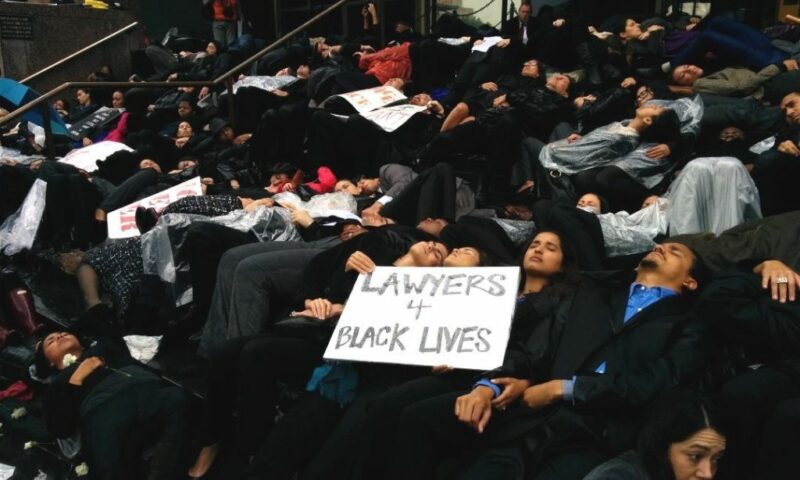
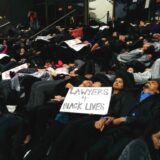
“Racism doesn’t take a break when it rains and neither will we,” Priscilla Ocen, a professor at Loyola Law School, announced over a loudspeaker outside the Stanley Mosk Courthouse in downtown Los Angeles Tuesday. Before her stood a crowd of about 200 people, mostly lawyers and law students, who braved a downpour to protest state violence from South L.A. to New York City, culminating in a four-minute-and-thirty-second “die-in” — representing the four-and-a-half hours that police in Ferguson, Missouri, let Michael Brown’s dead body lie in a street.
“I think it’s a really important thing to stand up to the injustice that we’re seeing around the country,” said Mona Iman, director of Taslimi Foundation, which works to defend human rights in Iran. “This wave of killings of unarmed black men is just so disturbing,” she told me, “and when you feel the frustration and you feel the anger at what’s happening in the world,
» Read more about: Lawyers and Law Students Stage ‘Die-in’ Outside L.A. Courthouse »